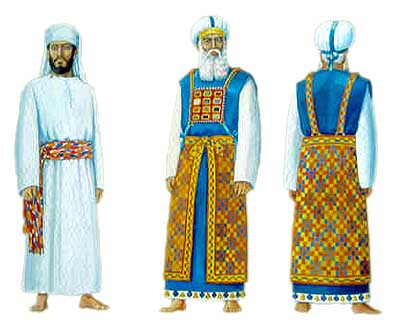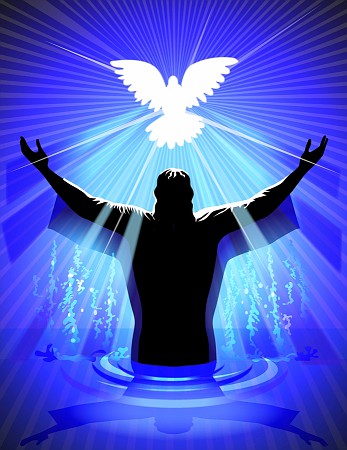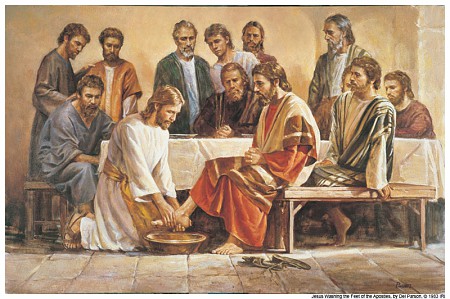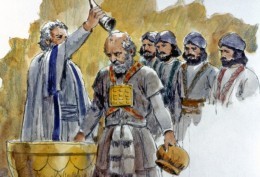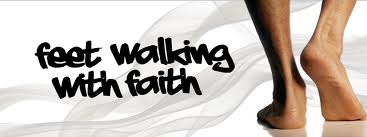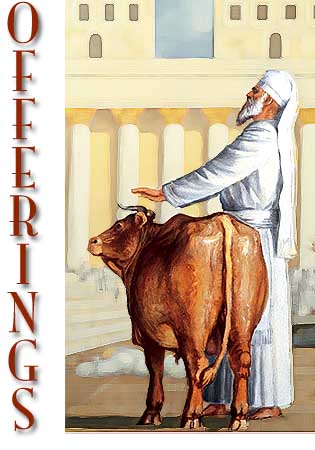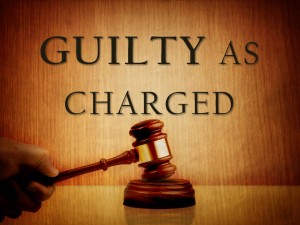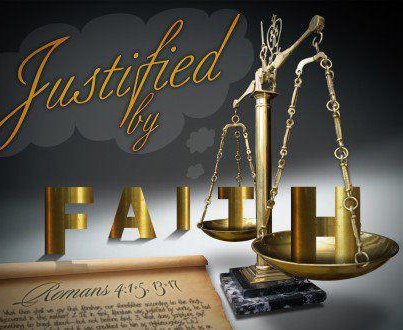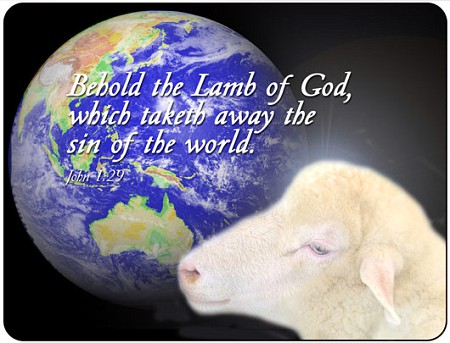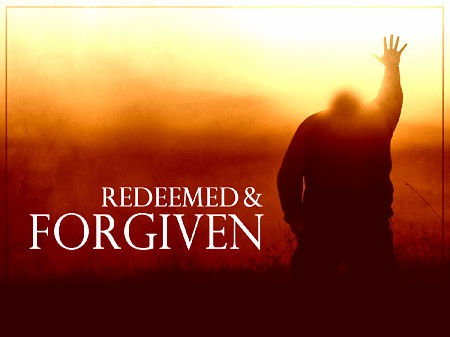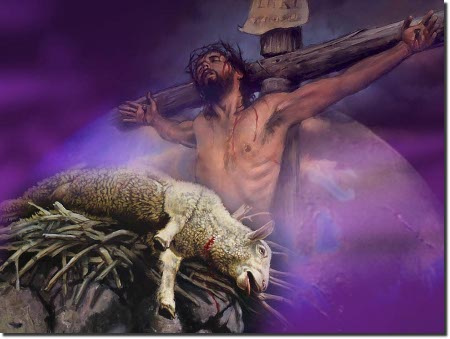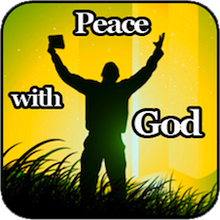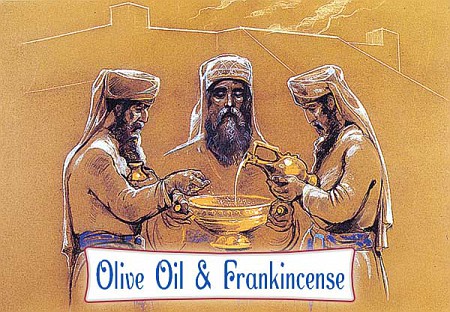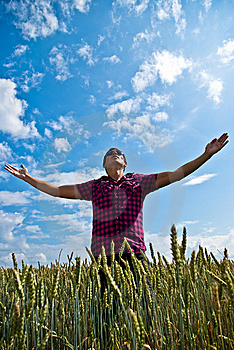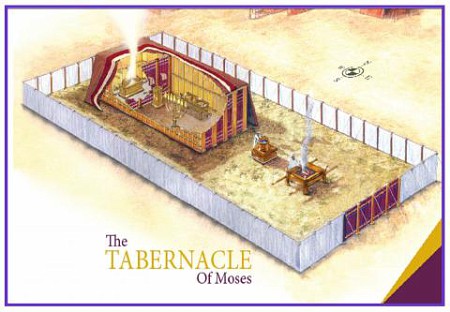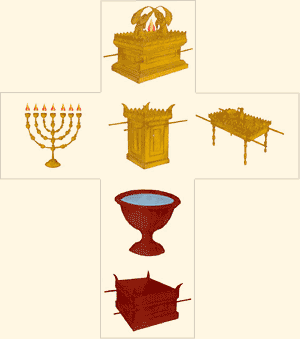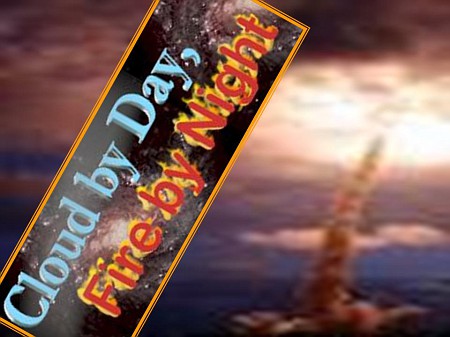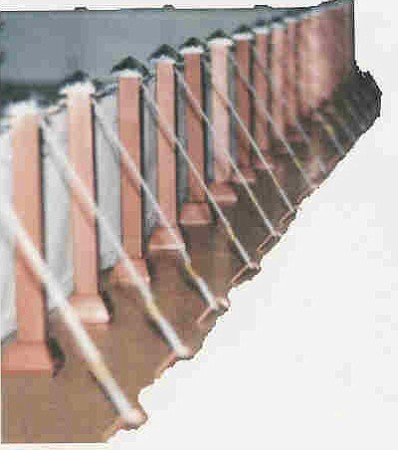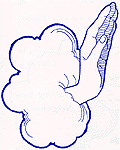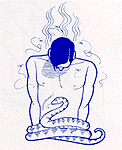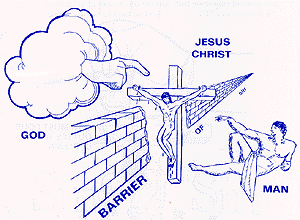 Review & Intro: In Chapter 1-7, God gave Moses the details of the 5 sacrificial offerings. Now, He is instructing Moses to consecrate Aaron and his sons to minister the sacrifices. Leviticus 8 portrays the fulfillment of God’s commands pertaining to the ordination of Aaron and his sons, as detailed in Exodus chapter 29. This chapter highlights Moses, who, until after the ordination of Aaron and his sons, functions as Israel’s priest. We can apply things to our lives because we are God's priesthood today over His household. Amen.
Review & Intro: In Chapter 1-7, God gave Moses the details of the 5 sacrificial offerings. Now, He is instructing Moses to consecrate Aaron and his sons to minister the sacrifices. Leviticus 8 portrays the fulfillment of God’s commands pertaining to the ordination of Aaron and his sons, as detailed in Exodus chapter 29. This chapter highlights Moses, who, until after the ordination of Aaron and his sons, functions as Israel’s priest. We can apply things to our lives because we are God's priesthood today over His household. Amen. Leviticus Chapter 8 - Dressed to Minister
1. List what Aaron and his sons were to bring along to the ceremony of ordination before the sons of Israel at the doorway of the tent of meeting. vs.1-3 - Name 5 things they brought with them.
2. The entire congregation were assembled at the doorway of the tent of meeting. Moses made sure they knew that this was all commanded by the Lord. (vs.4,5) ... The first thing Moses had Aaron and his sons do was to "wash with water" (vs.6)
Note: This great cleansing was a one-time thing. From then on they just needed to cleanse their hands and their feet. Like these ancient priests, every Christian is washed by the work of God's word (Ephesians 5:26), by the regenerating work of the Holy Spirit (Titus 3:5). This cleansing work was accomplished by the death of Jesus for us (Revelation 1:5) and appropriated by faith.
... Our High Priest, Jesus, was washed in water before He began His ministry. Let's read about that:
- Matthew 3:13-17 -
- Mark 1:9-11 -
- Luke 3:21-22 -
3. Read John 13:3-10. Jesus had put a towel around his waist and poured water in a basin preparing to wash the feet of His disciples. Peter protested saying, "Lord, you will never wash my feet!", but Jesus told him, "Unless I wash you, you can have no part of Me." - What was Peter's response then? vs. 9
4. How did Jesus respond to Peter and the others? vs. 10
5. Once we are cleansed in His blood and have forgiveness of sin, we only need to wash our hands and feet through confession of our sins to keep our daily walk clean before the Lord. What does John tell us in 1 John 1:6-9?
6. In Ephesians, Paul talks to the husbands telling them to love their wives as Christ loved the church. He goes on to say that Christ gave up His life to make the church holy and clean by washing it according to God's Word. The cleansing agent is the Word of God. (Eph.5:25-26). How does Paul describe this process to Titus?
- Titus 3:5 -
It is a one time washing and then it is a continual washing (regeneration & renewing of the Holy Spirit) ... by prayer (confession), by fellowship (walking in the light), and by ...abiding in the Word (the agent that cleanses)
7. What did David say in Psalm 24:3-4?
8. Next, Moses "clothes" Aaron - putting the tunic on him, girding him with the sash, clothing him with the robe, putting the ephod on him, girding him with the band that tied the ephod to him (vs.7) ... Then, he placed the breastpiece on him where he put the Urim & Thummin (stones that were called "lights" and "perfections"). (vs.8)...After this he placed the turban on his head, and set the golden plate on which was a holy crown saying "Holy to the Lord". (vs.9). ... What is significant in the clothing of the priest? We are priests also and we have been clothed to serve the Lord in righteousness. How are we clothed to serve Him? Comment on the following verses:
- Isaiah 6l:10 -
- Romans 13:14 -
- Galatians 3:26-27 -
- Ephesians 4:24 -
- Colossians 3:10-
- Revelation 19:8 -
9. After this, Moses took the "anointing oil" and anointed the tabernacle and all that was in it to consecrate them. (vs.10) ... He sprinkled some of the "anointing oil" on the altar seven times and also anointed the utensils, the basin, and the stand to consecrate them. (vs.11) ... After this, where did he pour the oil and for what purpose? vs. 12
10. What does Psalm 133:1,2 tell us about how far the oil traveled down and what does it compare that wonderful moment to?
11. Jesus was anointed by the Holy Spirit after His baptism (the dove coming to settle on Him from the heaven and the voice from heaven - John witnessed both). Once we are cleansed of our sin, the Spirit anoints us for service to the Lord as well. Comment on the following verses:
- 1 Corinthians 12:13 -
- 1 John 2:20 -
- 1 John 2:27 -
12. Next Moses had Aaron's sons come near as he clothed them with tunics, girded them with sashes, and bound caps on them - just as the Lord had commanded him. (vs.13). The Lord Jesus is the High Priest in the heavens now, but as God's children, we are anointed to serve as priests with Him as well. Comment on the verse below:
- 1 Peter 2:9 -
13. Aaron and his sons were sinners like the rest of mankind. Their sins had to be taken care of before they could minister to the people. When they laid hands on the sin offering, they were transferring the guilt of their sins onto the innocent bull for the atonement of their sins. (vs.14)....Who was the one that killed the bull and put the blood of the bull on the horns of the altar? vs. 15 -
14. What was done with the rest of the blood? vs. 15
15. Who offered up the fat in smoke on the altar? vs. 16
16. Where was the hide, flesh, and refuse of the bull (sin offering) burned at? vs. 17
17. We saw this before, but let's look again at how Jesus is pictured in this:
- Hebrews 13:11-13
18. Next, came the "ram" of the burnt offering which was another offering for Aaron and his sons. They laid their hands upon the ram in the same way they had the bull. Again, Moses was the one to kill it, and sprinkle the blood around the altar. (vs.18,19)..Once the ram had been cut into pieces, what parts did Moses offer up in smoke on the altar? vs. 20 - Name 3 things mentioned
19. After washing the entrails and legs with water, Moses offered up the whole ram in smoke on the altar. It was not burnt outside the camp, but on the brazen altar. What kind of aroma did this send to the Lord? vs. 21
20. Next came the second ram which was an "ordination offering" for Aaron and his sons. Again, they laid their hands upon the head of the ram. (vs.22) ... After Moses killed it, what did he do that was very different with the blood of this ram? What three places did he apply the blood on Aaron, the High Priest? vs. 23
21. After that, Moses had Aaron's sons come near and he put the blood in the same 3 places on each of them. Then he sprinkled the rest of the blood around on the altar. (vs.24) .. He took the fat and the right thigh (vs.25). What 3 things did he take from the basket of "unleavened bread"? vs. 26 - Name the 3
22. Where did he place them and then where did he put all of them? vs.26-27
23. What kind of offering was presented by Aaron and his sons with these? vs. 27
24. After that, what did Moses do with them for the ordination offering? vs. 28
Note: Then Moses took the breast and presented it for a wave offering and it was his portion of the ram of ordination, just as the Lord has commanded. (vs.29)
25. Moses took some of the "anointing oil" and some of the "blood" and sprinkled it on Aaron and on his garments, on his sons, and on their garments. (vs.30) ... Then Moses told Aaron and his sons to boil the "flesh" and eat it together with the bread in the basket of the ordination offering. (vs.31) This was a covenant meal as Jesus had with His disciples and we remember His death when we take communion as believers.
26. What were they to do with the left-overs of the flesh and the bread? vs. 32
27. The final instruction of the ordination of Aaron and his sons were that they were to not go outside of the doorway of the tent of meeting for seven days. (vs.33,34) ... They were to remain at the doorway of the tent of meeting day and night for seven days to keep the charge of the Lord so that they would not die. (vs.35) .. What did Aaron and his sons do? vs. 36
Note: It is so important to spend time alone with God and be empowered by His Spirit before we begin to minister to the people. Amen?
Application:
28. It is interesting that the blood of the ordination ram was applied to Aaron and his sons' right ear, right thumb, and right toe. Think about how important it is for the Lord's priest to have an "ear that listened" to "instruction" .... how important it is for the Lord's priest to have a "thumb on his hand" that "worked hard for the Lord" with a cheerful heart ... and then how important it is for the Lord's priest to "have a toe on his foot" that "walked in the counsel of the Lord, in the light of His calling and purpose". Take some time to look up the verses below and comment on how they apply to us as the Lord's priests today.
- Ear / Hearing
- Isaiah 50:4 -
- Matthew 13:16 -
- Romans 10:17 -
- Colossians 3:23-24 -
- 1 Thessalonians 4:11 -
- Romans 6:4 -
- 2 Corinthians 5:7 -
- Ephesians 2:10 -
- Colossians 1:10 -
- Ephesians 5:2 -
- Ephesians 5:8 -
- Ephesians 5:15 -
- 2 John 6 -
- 1 John 2:6
29. How are we using our ears... our hands... our feet? Let's do the work of priests under our High Priest Jesus. He has called us and equipped us. We are clothed in His righteousness and clothed with power from on high. There is no reason why we cannot fulfill the purpose that He has put us here. Amen?
30. Summarize this lesson and post a prayer if you would like.
